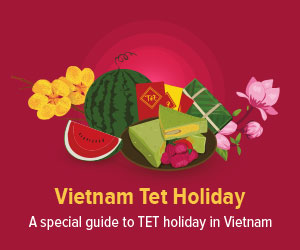Rambutans
The Rambutan
Rambutan fruit has long been celebrated as the "golden" fruit of Vietnamese agriculture, known not only for its high nutritional value but also for its significant economic benefits for growers. This unique fruit, characterized by its hairy outer shell, comes in two colors—red and yellow—and offers a sweet yet slightly tangy flavor. Rambutan is considered one of the must-try summer fruits for tourists visiting Vietnam.
Today, there are numerous varieties of rambutan, each with distinct properties and flavors.
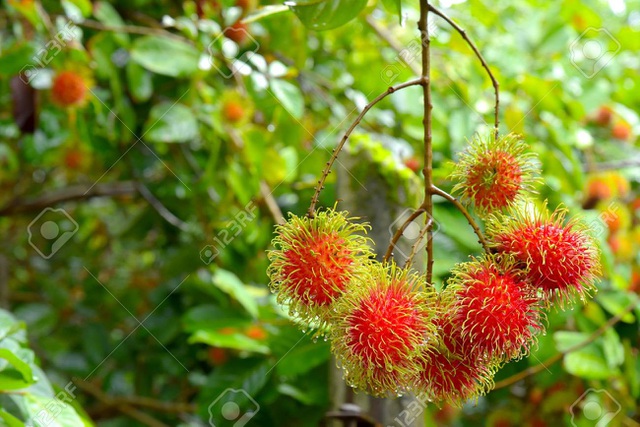 Photo: dantri.com.vn
Photo: dantri.com.vn
Some popular types of rambutans in Vietnam include the following:
- The Longan Rambutan: This oval-shaped rambutan features short hairs and changes color from green to yellow, pink, and finally red as it ripens. Weighing about 20-30 grams, it gets its name from being small, similar to the longan fruit. Known as sugar rambutan, it has a crispy flesh that is sweet like sugar, making it inexpensive and widely available.
- Java: Imported primarily from Indonesia and Thailand, the Java variety has a non-adhering flesh that is large and boasts long hair with a delicate taste. Java rambutan, alongside the longan rambutan, accounts for most of the Vietnamese domestic market.
- Thai Rambutan: Also referred to as Rong-rieng rambutan, this variety has become popular recently. It is relatively large, weighing between 50-70 grams, with thick flesh and very small, flat seeds. The skin turns a vibrant red when ripe, appealing to many consumers. The meat has a mild sweetness, making it suitable for those who prefer fruits that are not overly sweet. Although typically priced higher, many people are willing to purchase Thai rambutan due to its delightful flavor.
How to Eat Rambutan
For first-time visitors encountering this unique fruit, the hairy and thick outer layer may be perplexing. However, once you learn how to eat rambutan, you will find it both simple and delicious.
 Photo: baocongthuong.com
Photo: baocongthuong.com
To begin, place the rambutan firmly on a flat surface and hold it at both ends. Using a sharp knife, make a gentle cut along the center of the fruit without cutting into the flesh. Squeeze the fruit to extend the cut and reveal the inner pulp. You can also use your thumb to tear off the peel or simply bite it in half. Remember that while the spines are soft and harmless, the peel is inedible and may taste slightly bitter.
Where Rambutans Are Grown in Vietnam
As a fruit native to Southeast Asia, rambutan is cultivated across tropical climates throughout Vietnam. The Java variety is commonly found in the regions of Dong Nai, Ben Tre, and Vinh Long, while Longan rambutan is primarily grown in Dong Thap, Can Tho, and Tra Vinh.
The harvest for early rambutan fruit begins in early May, with the main season for rambutan occurring around early July each year. Visitors to these rambutan orchards during this time can enjoy the beautiful landscapes of rural Vietnam while indulging in fresh rambutan fruits at their peak.
Benefits of Rambutans
While some caution against overeating rambutan due to its potential to increase body heat, consuming it in moderation can yield numerous health benefits. This fruit is packed with nutrients including calcium, vitamin B3, and vitamins A and B9, which support strong bones, aid in weight loss, and contain compounds known for their anti-parasitic properties. Additionally, the juice extracted from rambutan leaves is beneficial for nourishing the scalp, and the seeds possess natural anti-diabetic properties.
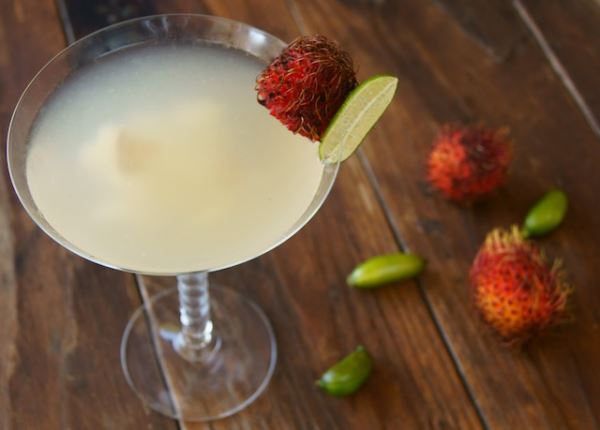 Photo: 12kimma.vn
Photo: 12kimma.vn
Food Made from Rambutan
This delightful summer fruit is not only enjoyed fresh but also serves as an ingredient in various delicious and nutritious dishes. A standout among these is Che Khuc Bach, a signature Vietnamese dessert that features rambutan as a key topping.
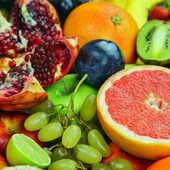
Vietnamese Fruits - An Overview
Being geographically located in the tropical zone, Vietnam is truly a heaven when it comes to fruits.
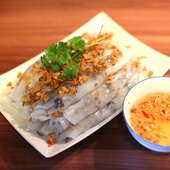
Vietnamese Cakes - A Closer Look At Vietnam's Most Varied Food
An overview to the different types of cake in Vietnam.
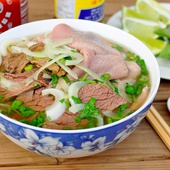
Vietnamese Noodles - An Overview
An introduction to Vietnamese noodles.



